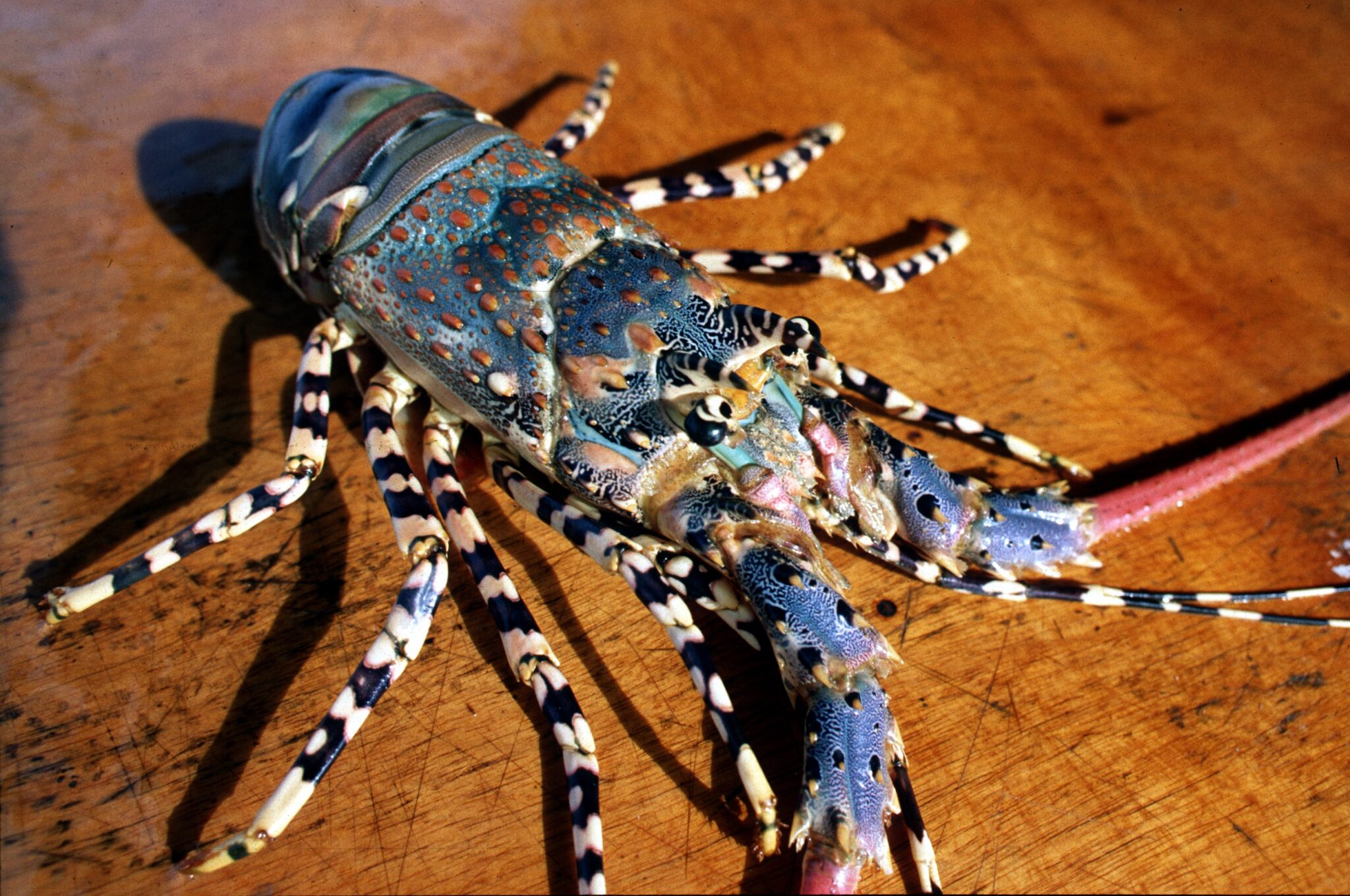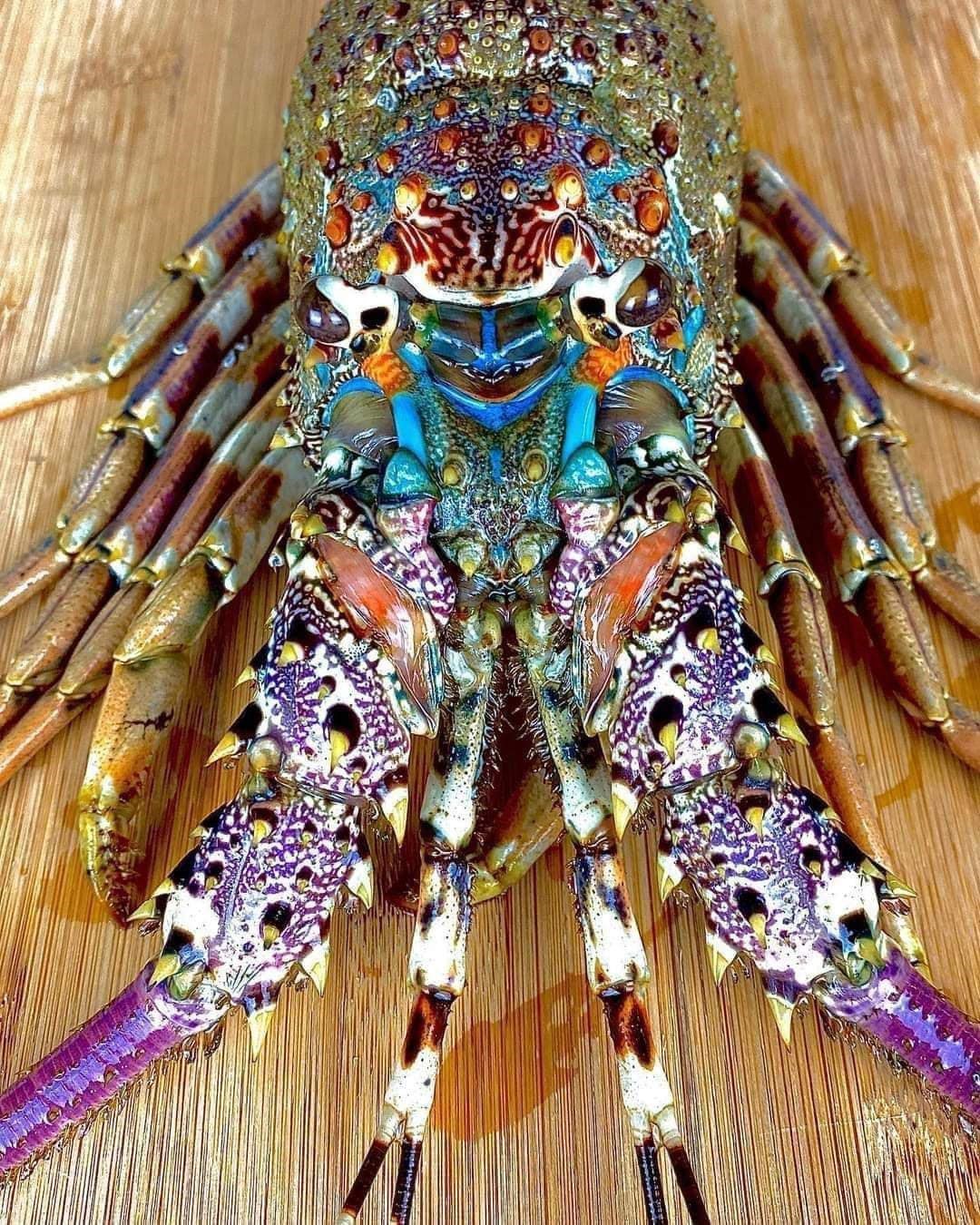In the vibrant waters of the Pacific Ocean, the Tropical Rock Lobster, also known as Panulirus ornatus, enchants marine enthusiasts with its striking rainbow hues. This magnificent creature’s life cycle is a tale of transformation, migration, and survival, making it one of the ocean’s most fascinating species.
A Journey of Transformation
The journey of the Tropical Rock Lobster begins with an extraordinary metamorphosis, where the larvae go through 11 distinct stages before reaching juvenile form. Each stage is a crucial part of its development, and after reaching maturity, these lobsters embark on a long migration that can span hundreds of kilometers.
The Annual Migration
Every year, the Tropical Rock Lobster migrates from the Torres Strait to Yule Island in the Gulf of Papua. This migration, though arduous, serves a vital purpose: reproduction. The lobsters migrate to breed, ensuring the continuity of their species. However, what sets this migration apart is the fascinating separation of sexes based on water depth.
- Male lobsters venture into shallower waters.
- Female lobsters, on the other hand, dive into deeper waters to ensure successful mating.
This delicate choreography of nature, where each sex instinctively seeks its optimal environment, ensures a high probability of successful breeding.

Reproductive Strategies
Once the female lobsters have settled in their preferred depth, they lay their eggs with care. Interestingly, they have the ability to produce multiple broods. However, each successive brood is slightly smaller than the last. This biological strategy may be nature’s way of optimizing the survival rate of their offspring.
Unlike many migratory species, the adult lobsters do not return after breeding. Instead, the larvae, carried by oceanic currents, are dispersed and scattered across the eastern coast of Australia. Their journey continues as they ride the waves, naturally favoring the Torres Strait, where the cycle of life begins anew.
The Return to the Reefs
As the larvae develop into juveniles, their journey isn’t over. They must now navigate their way back to the reefs of the Torres Strait, where they will settle and mature. After one to two years, the juvenile lobsters will be fully grown and ready to partake in the grand migration once more, continuing the life cycle.
The Cycle Repeats
The cycle of life for the Tropical Rock Lobster is nothing short of magnificent. The intricate migration, from the larvae’s journey to their return as mature lobsters, is a remarkable testament to nature’s wisdom and design.
This species, with its dazzling colors and complex migration pattern, symbolizes the delicate interconnectedness of marine ecosystems. It serves as a reminder of the fragile balance that sustains life under the sea and the importance of preserving these habitats for future generations.
A Marvel of Nature
Next time you catch sight of a rainbow lobster, take a moment to marvel at the hidden wonders it carries. From its elaborate larval stages to its annual migration, the Tropical Rock Lobster is a shining example of the beauty and resilience of marine life, offering a glimpse into the mesmerizing world beneath the ocean’s surface.


